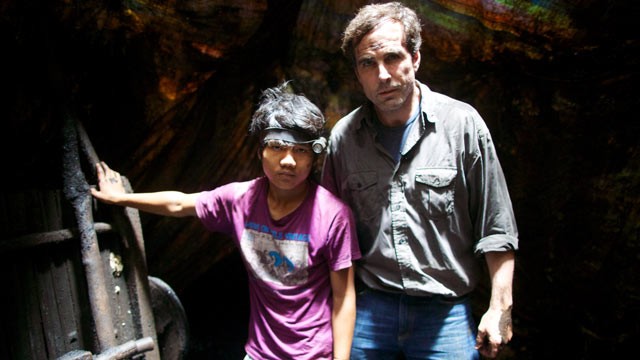
Couple of right legal age indulging in sex are husband and wife: Madras HC
In a
ruling which might have a far reaching impact, Madras High Court has
said if a couple in the right legal age indulge in sexual gratification,
it will be considered a valid marriage and they could be termed as
husband and wife.
Chennai, Jun 18 :
"..if any
couple choose to consummate their sexual cravings,...













